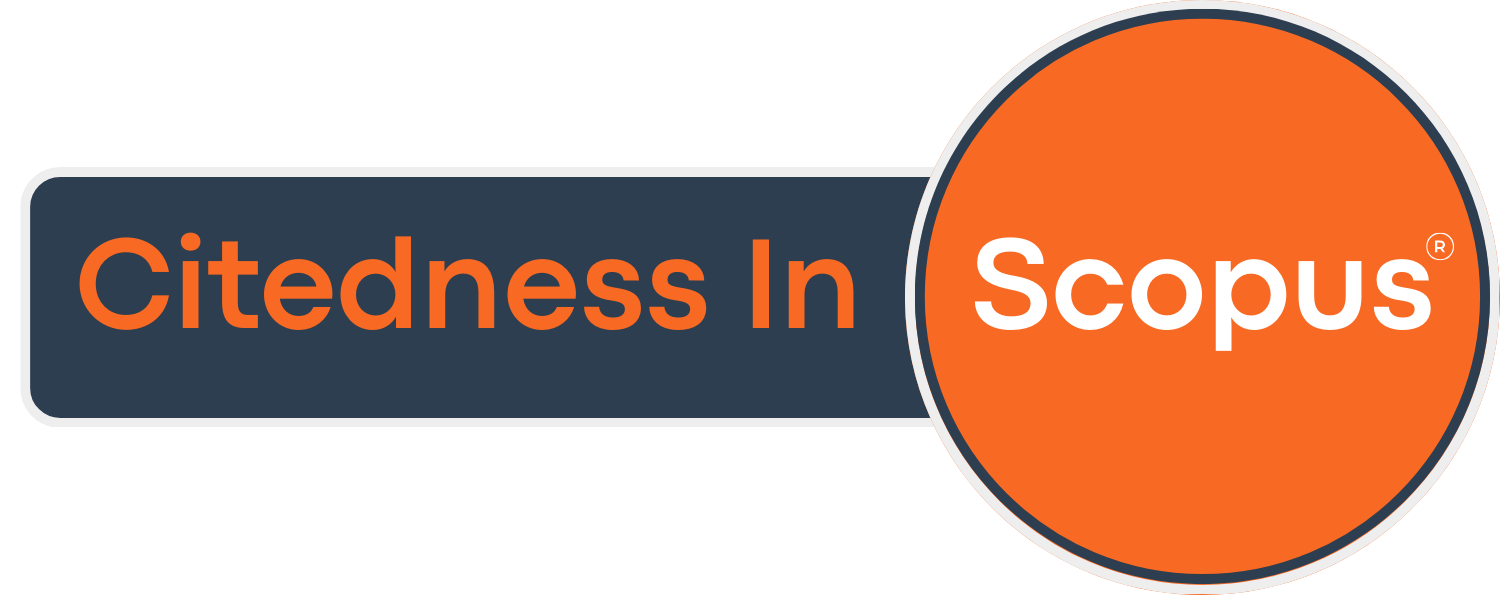Characteristics of Peanut Skin Briquettes and Rice Husk Using the Torefaction Method in a Microwave Oven
Karakteristik Briket Kulit Kacang Tanah Dan Sekam Padi Menggunakan Metode Torefaksi Pada Oven Microwave
DOI:
https://doi.org/10.21070/r.e.m.v4i2.807Keywords:
Charcoal briquettes, peanut shells, rice husksAbstract
Biomass briquettes are an alternative to fossil energy. Biomass briquette material has a large capacity and is easily available in the surrounding environment. The purpose of this study was to determine the value of water content, value of ash content, value of volatile matter content, value of bound carbon content and calorific value of mixed briquettes of peanut shell and rice husk with three different percentages. First a mixture of 30% peanut shell and 70% rice husk, second a mixture of 50% peanut shell and 50% rice husk, third a mixture of 70% peanut shell and 30% rice husk. From the results of the research data, it can be seen that the lowest water content is in a mixture of 70% peanut shells and 30% rice husks of 14.225. The lowest value of ash content was found in a mixture of 70% peanut shell and 30% rice husk at 13.873%. The lowest value of volatile substances was found in a mixture of 30% peanut shell and 70% rice husk at 36.712%. The highest value of bound carbon content was found in a mixture of 30% peanut shell and 70% rice husk at 27.028% and the highest calorific value was found in a mixture of 70% peanut shell and 30% rice husk at 5834.60 cal / g.
References
S. Primadany, “Hasil Proses Teknologi Pengolahan Limbah Cair Secara Biologi Terhadap Kualitas dan Produksi Bahan Baku Pupuk,” Wicaksana, vol. 24, no. 2, pp. 91–91, 2015.
B. Agustono, M. Lamid, A. Ma’ruf, and M. T. E. Purnama, “Identifikasi Limbah Pertanian dan Perkebunan sebagai Bahan Pakan Inkonvensional Di Banyuwangi,” Jurnal Medik Veteriner, vol. 1, no. 1, pp. 12–12, 2018. [Online]. Available: https://dx.doi.org/10.20473/jmv.vol1.iss1.2017.12-22
P. A. Sekam, pp. 1–2, 1979. A. Jamil and S. Anggraini, “Potensi Limbah Pertanian sebagai Pupuk Organik Lokal di Lahan Kering Dataran Rendah Iklim Basah,” Iptek Tanam. Pangan, vol. 6, no. 2, pp. 193–202, 2015.
T. Afriani and Y. Seftiadi, “Pemberdayaan Masyarakat Melalui Pelatihan Pembuatan Pakan Alternatif Amoniasi Jerami Jagung di Nagari Pelangai Kaciak Kecamatan Ranah Pesisir, Pesisir Selatan,” Jurnal Warta Pengabdian Andalas, vol. 26, no. 2, pp. 81–87, 2019. [Online]. Available: https://dx.doi.org/10.25077/jwa.26.2.81-87.2019
K. Winangun And W. T. Putra, “Pemberdayaan Masyarakat Dalam Pembuatan Biogas Dari Kotoran Sapi,” Studi Kasus Inovasi Ekonomi, vol. 2, no. 02, pp. 41–44, 2018. [Online]. Available: https://dx.doi.org/10.22219/skie.v2i02.6845
K. Winangun, G. A. Buntoro, I. Puspitasari, and M. F. H. Ain, “Pemanfaatan Biogas Kotoran Sapi untuk Heater Kandang Ayam Jowo Super,” DIKEMAS (Jurnal Pengabdian Kepada Masyarakat), vol. 3, no. 2, 2019. [Online]. Available: https://dx.doi.org/10.32486/jd.v3i2.368
E. I. Riyanti, “Biomassa Sebagai Bahan Baku Bioetanol,” J. Litbang Pertan, vol. 28, no. 3, pp. 101–110, 2009.
I. Hanifah and B. N. Prastowo, “Uji GPS Track- ing Dalam Skala Transportasi Antar Kota,” in IJEIS (Indonesian Journal of Electronics and Instrumentation Systems), P. S. P. S. P. dan Pengguna Energi Terbarukan, Ed., vol. 6, no. 2Universitas Gadjah Mada, 2016, pp. 175–175. [Online]. Available: https://dx.doi.org/10.22146/ijeis.15257
R. Handoko, F. Fadelan, and M. Malyadi, “Analisa Kalor Bakar Briket Berbahan Arang Kayu Jati, Kayu Asam,
Kayu Johar, Tempurung Kelapa dan Campuran,” pp. 14–14, 2019. [Online]. Available: 10.24269/jkt.v3i1.198;https://dx.doi.org/10.24269/jkt.v3i1.198
K. Winangun, M. Malyadi, F. Masykur, G. A. Buntoro, and R. Cahyono, pp. 25–30, 2019. Y.-F. Huang, H.-T. Sung, P.-T. Chiueh, and S. L. Lo, “Microwave torrefaction of sewage sludge and Leucaena,” Journal of the Taiwan Institute
of Chemical Engineers, vol. 70, pp. 236–243, 2017. [Online]. Available: https://dx.doi.org/10.1016/j.jtice.2016.10.056
Y.-F. Huang, P.-T. Chiueh, S.-L. Lo, L. Sun, C. Qiu, and D. Wang, “Torrefaction of sewage sludge by using microwave heating,” Energy Procedia, vol. 158, pp. 67–72, 2019. [Online]. Available: 10.1016/j.egypro.2019.01.047;https://dx.doi.org/10.1016/j.egypro.2019.01.047
S. Ren, “Microwave torrefaction of douglas fir sawdust pellets,” Energy and Fuels, vol. 26, no. 9, pp. 5936–5943, 2012.
O. Masˇek, “Microwave and slow pyrolysis biochar Comparison of physical and functional properties,” J. Anal. Appl. Pyrolysis, vol. 100, pp. 41–48, 2013.
Y. F. Huang, W. R. Chen, P. T. Chiueh, W. H. Kuan, and S. L. Lo, “Microwave torrefaction of rice straw and Pennisetum,” Bioresource Technology, vol. 123, pp. 1–7, 2012. [Online]. Avail- able: 10.1016/j.biortech.2012.08.006;https://dx.doi. org/10.1016/j.biortech.2012.08.006
W. H. Chen, J. Peng, and X. T. Bi, “A state-of-the-art review of biomass torrefaction, densification, and applications,” Renewable and Sustainable Energy Reviews, vol. 44, pp. 847–866, 2015. [Online]. Available: 10.1016/j.rser.2014.12. 039;https://dx.doi.org/10.1016/j.rser.2014.12.039
Published
Issue
Section
License
Copyright Notice
Authors retain copyright and grant the journal right of first publication with the work simultaneously licensed under a Creative Commons Attribution 4.0 International License that allows others to share the work with an acknowledgement of the work's authorship and initial publication in this journal.







